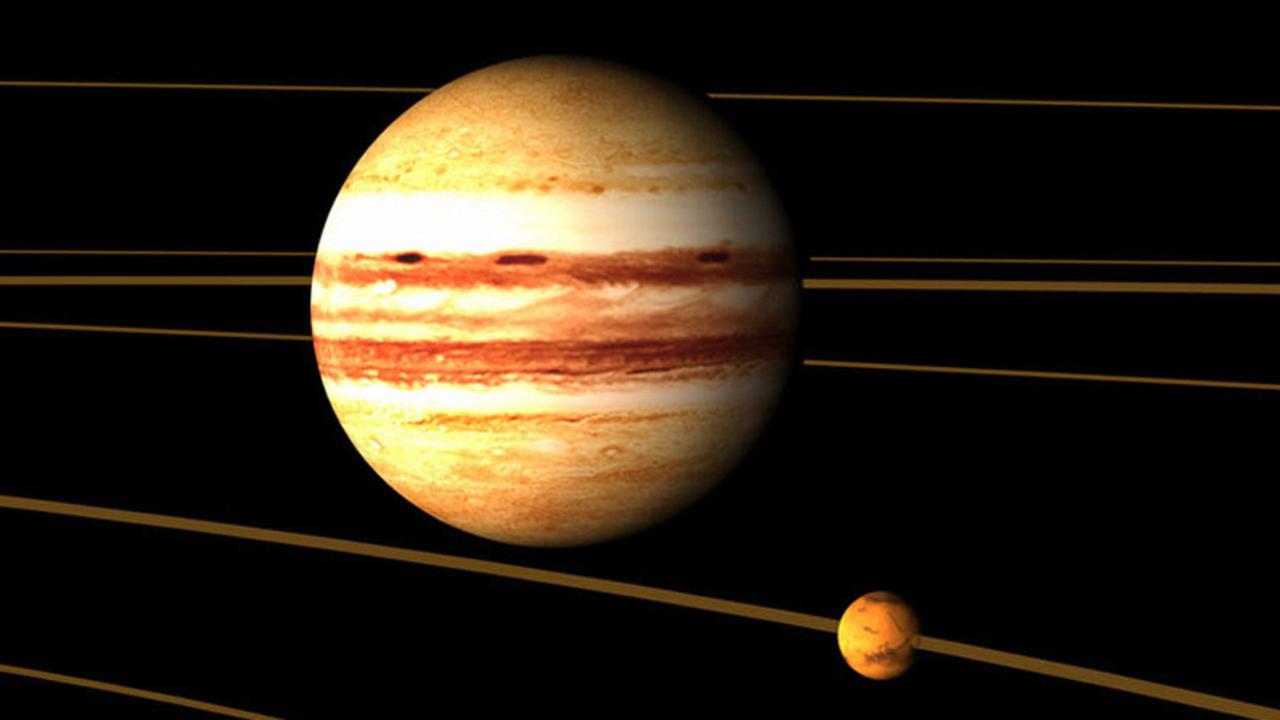How to watch Jupiter, Mercury in conjunction on March 5
The largest planet in our solar system and the smallest one will appear close together later this week, and we have the best shot at seeing them in the sky.
Southern hemisphere skywatchers are in for a treat this week with the best chances of seeing the conjunction of Mercury and Jupiter.
Conjunctions occur when a planet’s orbit of the sun aligns with another, making them appear as if they are in close proximity when viewed from Earth.
On Friday morning, the largest planet in our solar system will appear close to the smallest, with Jupiter and Mercury being less than the width of the moon apart.
The last conjunction between the two planets occurred on December 21, 2018.

RELATED: Surprising location for NASA office
It’s hard to spot Mercury in the night sky due to its diminutive size and proximity to the sun, but Jupiter will appear large and bright, giving you a chance to find nearby Mercury.
While in the northern hemisphere the chances are slim of catching a glimpse, those in the southern hemisphere have a better chance of spotting the two planets as they rise above the horizon, shortly before the light of the sun once again obscures them from view.
RELATED: Hidden message in Mars landing

RELATED: NASA captures colour images from Mars
Your best chance is around an hour before the sun rises on March 5 at 6.46am (AEDT).
It provides a rare chance to catch a conjunction without waiting up until the early hours of the morning,
Look to the east and with an unobstructed view of the horizon and you should be able to spot Jupiter and nearby Mercury, though your odds will improve with a telescope or binoculars.



